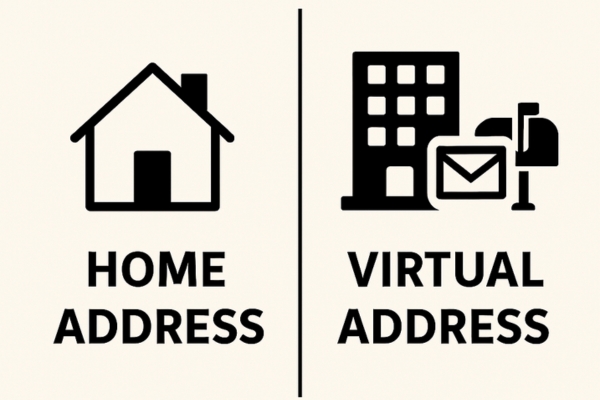Ask your fellow bloggers how often you should post as a beginner, and they’ll all give you different answers. Some might say that several times per week or month is the ideal blogging frequency, while others will advise you to post multiple times daily.
What’s the sweet spot, then? How often should a new blogger post? It depends on several factors, which we’ll cover in a minute.
Still, most experts agree that an optimal blogging frequency for newbies (and professionals) is several times per week – roughly 11–16 times per month.
In a nutshell
Posting 2–4 times weekly is the sweet spot for new bloggers. It helps establish authority and thought leadership, increase SEO ranking, get on your target audience’s radar, and boost organic traffic.
What the numbers say
The latest blogging survey shows that most bloggers publish new content:
Posting 2–4 times weekly is the sweet spot for new bloggers. It helps establish authority and thought leadership, increase SEO ranking, get on your target audience’s radar, and boost organic traffic.
How often they post primarily depends on their blogging goals and target readers. However, those who blog less frequently typically don’t rely on blogging as a full-time job.
Top 6 steps for deciding how often you should blog
Deciding how often you should blog is among the first – and most critical – steps of starting a blog. Your blogging frequency will determine your blog’s success, boosting your digital marketing efforts and driving organic traffic.
Here’s how to establish the optimal one for your blog.
1. Consider your niche
Your niche is crucial to your blog content planning because it dictates your topic selection. However, it can also help you determine how often you should post. The more competitive it is, the more frequently you should blog.
For instance, lifestyle, personal development, and entrepreneurship are the most popular blog niches. Posting high-quality content daily or several times a week might be best to stand out.
Do you plan on publishing the latest tech, travel, health, or fashion news? Posting a few times a week won’t cut it in these highly-competitive niches, so add at least one daily post to your content calendar.
Regardless of the niche, posting several times a month can work for evergreen content – which provides the most value. However, cranking that up as a beginner will help you gain traction.
2. Evaluate the optimal B2B vs. B2C blogging frequency
Running a B2B or B2C blog comes down to increasing traffic and generating leads and conversions. However, if you run a B2B company, you must publish more frequently than most B2C companies to attract the same traffic amount and the same number of leads.
According to Marketing Insider Group, B2B companies witness a significant traffic increase after publishing 11+ monthly posts – nearly twice more than those with 6–10 monthly posts. Their B2C counterparts see almost the same improvement when publishing 6–10 posts a month.
3. Think about your audience
How often does your target audience want you to publish new posts? Research to understand and meet your readers’ needs, preferences, and expectations. Asking them directly through polls and surveys might be your best bet.
Do they expect a daily dose of relevant, informative, helpful content? Your blog should deliver. Are they busy professionals with spare time to read only semi-weekly or bi-weekly blogs? A daily blogging schedule might be overkill and not bring the desired blog traffic and engagement.
4. Determine the length of your posts
There’s no ideal blog post length. A high-quality short-form post will rank better in SERPs than any long-form content of subpar quality.
Still, experts recommend creating longer posts containing 1,000 or more words. They’re perfect for boosting your SEO ranking, earning quality backlinks, and getting more social shares.
As long-form content has become the norm, posts between 1,500 and 2,500 words (or more) started ranking the highest, prompting many to turn content creation up a notch.
Consider your target readers’ preferences and search intent when determining a particular blog post’s length. See whether you can answer the topic’s primary question in 500 words (watery content won’t provide value) or go into more detail.
Additionally, consider the buyer’s journey if you sell products or services. For instance, short-form content works well in the awareness stage, while its longer counterpart helps guide buyers through the end of the sales funnel.
5. Consider the time for writing a valuable post
Most bloggers (22.52%) spend 3–5 hours a week on their blog, while only 6.02% spend 40+ weekly hours producing content.
That doesn’t include only writing a blog post but also researching topics, brainstorming ideas, mapping out a plan, creating drafts, editing, publishing, and optimizing content.
Therefore, consider all the planning, creation, and optimization tasks before finalizing your blogging schedule. You’ll need more time if you’re a one-person team, but you can always collaborate with freelance writers and guest bloggers to increase your publishing volume.
6. Balance engagement and traffic
Posting too often may boost your traffic but not necessarily your engagement rates. Sometimes, less is more.
For instance, increasing your weekly publishing volume from five to six posts might get more eyes on your content but could reduce blog comments and social shares. You don’t want the engagement to drop for the sake of driving more traffic.
Once you determine your blogging schedule, stick to it for a while to have enough data to assess your performance. Then, experiment with your blogging frequency to find your sweet spot.
Conclusion
Regardless of how often you post as a new blogger, maintaining consistency and focusing on quality over quantity is crucial. That’s how you establish credibility, authority, and trust and join the ranks of successful bloggers. That’s how you cut through the noise of competition and build a good blog with a loyal reader base that keeps returning for more.



